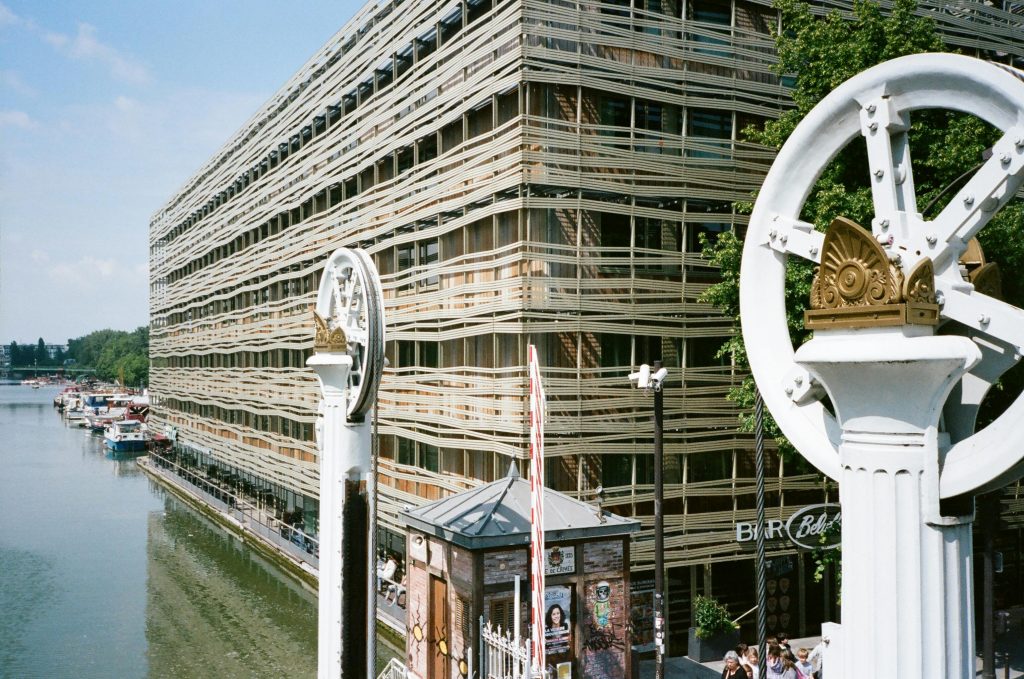Understanding Sudden FPS Drops in CS2 Post-Windows and BIOS Updates: A Troubleshooting Guide
If you’re an avid Counter-Strike 2 (CS2) enthusiast experiencing unexpected performance issues, you’re not alone. Many gamers have encountered sudden drops in frames per second (FPS) following system updates or BIOS modifications, leading to a less smooth gaming experience. This article aims to provide a comprehensive overview of potential causes and solutions to address these technical challenges.
Background Scenario
Consider a scenario where a dedicated gamer previously enjoyed stable and high FPS (around 400 FPS capped), even during intense firefights. However, after making BIOS adjustments to enable certain software functionalities (such as Faceit Anti-Cheat), followed by BIOS resets to default, performance issues began to surface. This was compounded by installing recent Windows updates and updating all relevant drivers, including GPU and chipset drivers.
The Current Issue
Post-update, the game exhibits significant FPS drops during gameplay—initially around 380 FPS, decreasing abruptly to approximately 170-180 FPS after some playtime. This degradation impacts gameplay smoothness, particularly during gunfights, and diminishes the overall gaming experience.
Troubleshooting Steps and Considerations
-
Assess System and Driver Changes
-
Update Impact: Windows updates can sometimes introduce compatibility issues or alter system settings affecting performance.
-
Driver Updates: GPU and chipset driver updates may introduce new configurations or regressions affecting FPS.
-
BIOS and Hardware Settings
-
Default BIOS Reset: Resetting BIOS to default can change essential parameters like memory profiles, virtualization settings, or power management features.
-
Memory Profiles: Reconfirm that your RAM is set to the correct profile (e.g., EXPO or DOCP) to ensure optimal speed and timings.
-
System Configuration Adjustments
-
Graphics Settings: Verify that V-Sync is disabled in GPU settings to prevent unnecessary limiting of FPS.
- Power Management: Ensure the Windows power plan is set to “High Performance” to maximize hardware throughput.
-
Background Processes: Close unnecessary applications that may consume GPU, CPU, or memory resources.
-
Driver Management
-
GPU Driver Reinstall: Use Display Driver Uninstaller (DDU) to thoroughly uninstall existing drivers before a clean reinstall.
-
Driver Rollback: If performance issues began after a recent driver update, consider rolling back to a previous stable version.
-
Hardware Monitoring
–
Share this content:



